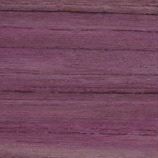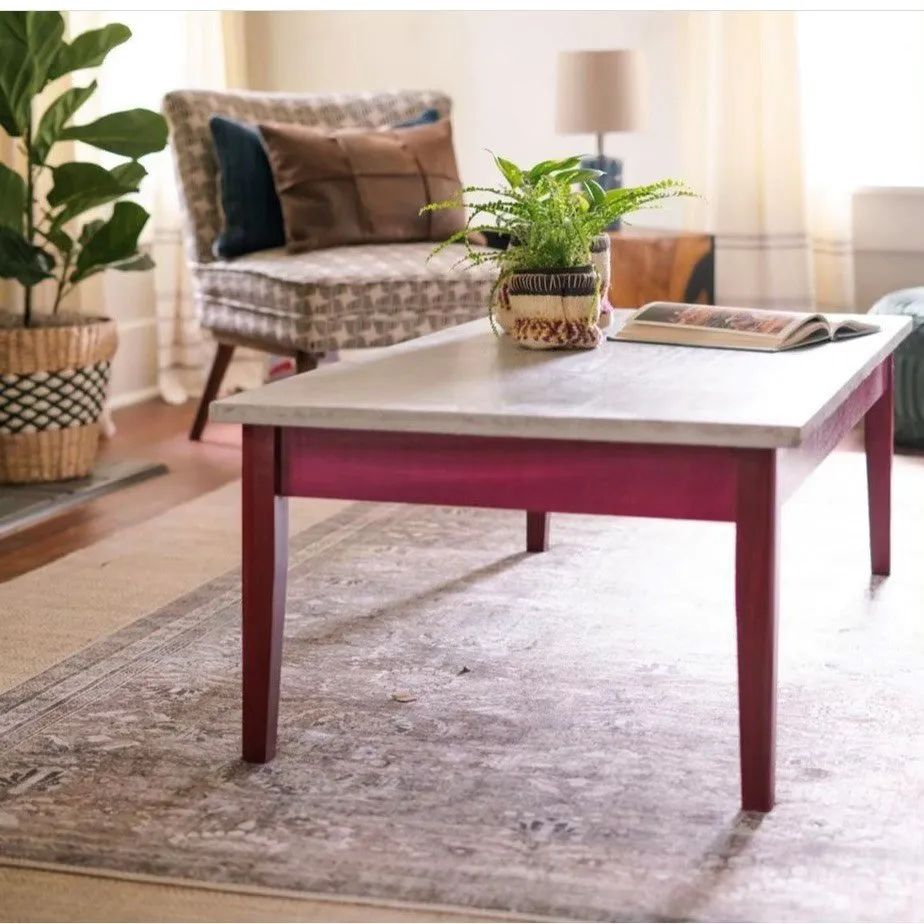Purple Heart Lumber
Servicing Customers Global & Local
Freight Shipping or On-Site Pickup Available
Family Owned Since 1947
Wholesale & Retail Exotic Lumber Sales
Request Quote
Hero Request Form
Thank you for contacting us.
We will get back to you as soon as possible.
Oops, there was an error sending your message.
Please try again later.
Please try again later.
Purple Heart
(Peltogyne)
Purple Heart (Peltogyne)
Newman Lumber Company

Purple Heart (Peltogyne)
- Family: Leguminosae
- Other Common Names: Amaranth, Palo morado (Mexico), Morado (Panama, Venezuela), Tananeo (Columbia), Koroboreli (Guyana), Purperhart (Surinam), Amarante (French Guiana), Pau roxo, Guarabu (Brazil), Violetwood (English trade).
- Distribution: Center of distribution in the north-middle part of the Brazilian Amazon region; combined range of all species from Mexico through Central America and southward to southern Brazil.
- The Tree: Trees grow to heights of 170 ft. with diameters to 4 ft., but usually 1.5 to 3 ft; boles are straight, cylindrical, and clear 60 to 90 ft. above buttresses up to 12 ft. high.
The Wood
- General Characteristics: heartwood brown when freshly cut becoming deep purple upon exposure, eventually turning to a dark brown sharply demarcated from the off-white sapwood. Texture medium to fine; luster medium to high, variable; grain usually straight, sometimes wavy, roey, or irregular; without distinctive odor or taste.
- Weight: Basic specific gravity (oven dry weight/green volume) varies with species from 0.67 to 0.91; air-dry density 50 to 66 pcf.
- Mechanical Properties: (2-cm standard.) Janka side hardness ranges from 1,860 lb. to 3,920 lb. at 12% moisture content. Forest Products Laboratory toughness at 12% moisture content ranges from 157 to 398 in. .lb (5/8 in. specimen).
- Drying and Shrinkage: Reports vary, from air-dries easily to moderately difficult; dries slowly to fairly rapidly; with almost no degrade to some warping and splitting. Kiln schedule T6-D2 is suggested for 4/4 stock and T3-D1 for 8/4. Shrinkage green to oven dry: radial 3.2%; tangential 6.1%; volumetric 9.9%. Stability after manufacture or movement is rated as small.
- Working Properties: Moderately difficult to work with either hand or machine tools, dulls cutters, exudes a gummy resin with heated by dull tools; slow feed rates and specially hardened cutters are suggested. Turns smoothly, easy to glue, and takes finishes well.
- Durability: Heartwood is rated as highly durable in resistance to attack by decay fungi; very resistant to dry-wood termites; but little resistance to marine borers.
- Preservation: Heartwood is reported to be extremely resistant to impregnation with preservative oils; sapwood is permeable.
- Uses: Turnery, marquetry, cabinets, fine furniture, parquet flooring, tool handles, heavy construction, shipbuilding, many specialty items (billiard cue butts, chemical vats, carving).
| Moisture Content | Bending Strength (psi) | Modules of Elasticity (1000 psi) | Max Crushing Strength (psi) |
|---|---|---|---|
| Green (75) | 13,690 | 2,000 | 7,020 |
| 12% | 19,220 | 2,270 | 10,320 |
| Green (30) | 21,000 | 2,560 | 9,250 |
| 15% | 26,700 | --- | 12,200 |
| 12% (24) | 30,900 | 3,460 | 14,500 |
- Bullet text
- Bullet text
- Bullet text
- Bullet text
- Bullet text
- Bullet text
- Bullet text
- Bullet text
- Bullet text
- Bullet text
Why is Purple Heart wood named as such?
Purple Heart gets its name from its distinctive purple color, which deepens with exposure to light.
What are common uses for Purple Heart?
Purple Heart is often used for decorative inlays, turning, and specialty items. Reach out to Newman Lumber Company today to get started.
Is Purple Heart durable?
Yes, Purple Heart is very durable and resistant to decay and insects.

CP #1 Headline
CP #1 Body
CP #1 CTA Lead-in
Not valid with any other offers or promotions. Restrictions apply.
Must mention this coupon at the time of scheduling.
(228) 226-1003
Gallery Heading H2

Purple Heart
Thank you for contacting us.
We will get back to you as soon as possible.
We will get back to you as soon as possible.
Oops, there was an error sending your message.
Please try again later.
Please try again later.






